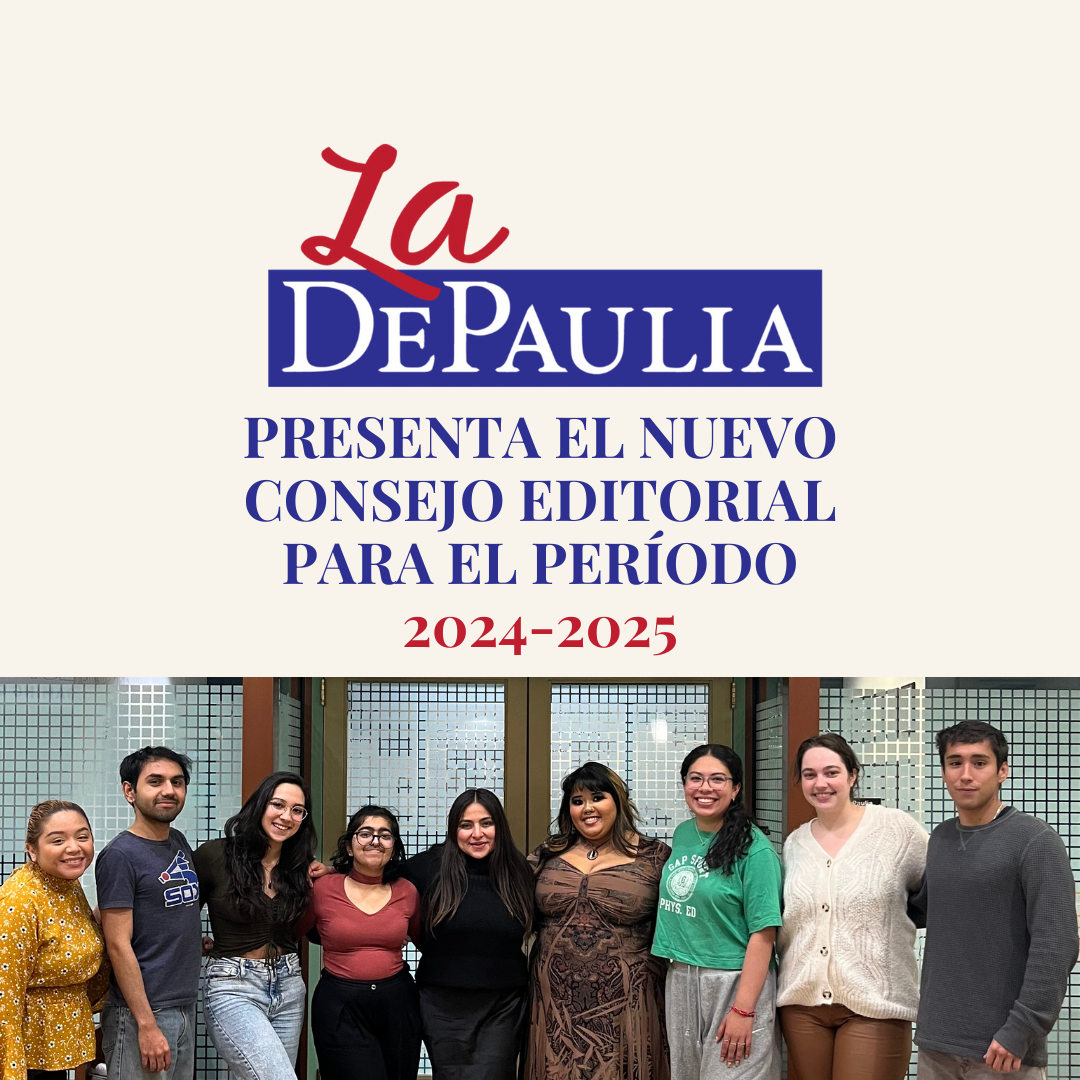Ô_
Money is certainly a valid concern this time of year, especially when looking at all the red figures in the bank account. Thanks to rising tuition costs – which have risen faster than the natural rate of inflation – American college students are now saddled with an unwieldy average of $35,200 in debt upon graduation.
Of course there are plenty of obvious strategic advantages that stem from a college education. We could spend well over an entire article discussing the higher average salaries, lower rates of unemployment and other intangible benefits that are gained by those who possess a degree.
However, tuition rates don’t need to raise so much to create a quality education.
“The relationship between spending and student success is weak at best for grade schools and high schools,” William Sander, a DePaul economics professor said. “(Furthermore), tuition is not necessarily closely related to spending per pupil.”
Seeing as quality education does not necessarily equate to high prices, the question that I’m sure many of us are wondering is this: What is being done to help combat rising college costs?
Earlier this summer it looked like interest rates for Federal Stafford loans were set to double up to a rate of 6.8 percent for this year. Thanks to some last minute dealing in Washington, rates will no longer double this year, thus ensuring that at least one source of college costs is being curbed – if only temporarily. Another, perhaps more interesting development is a set of actions proposed by President Obama, which would reform how the federal government funds colleges.
Currently colleges are given funding strictly based on how much they spend and how many students the school enrolls. That is, large public institutions tend to receive the most funding, and small institutions receive little, regardless of their actual performance.
The new system would make federal handouts to colleges a more merit-based system. The federal government would create a rating system of colleges based on factors such as graduation rates, average salary upon graduation, and amount of disadvantaged or minority students enrolled.
As with anything, there are a number of flaws with this proposed system. Paula Luff, DePaul’s Associate Vice President for Financial Aid, explains her reservations with the way the system would potentially rank schools.
“Lumping schools by sector (i.e. private not-for-profit, public, community college) might not be effective or appropriate,” Luff said. “For example, DePaul is one of the largest private institutions in the country and serves a fair number of low income students – something that is less common nationally among our private sector ‘peers.’ Ranking DePaul against a small, private liberal arts college in a rural area would be like comparing a watermelon to an orange.” It should also be noted that the
proposal may not increase total funding for colleges, only redistribute it. That is, highly valued schools would receive more funding, and lagging schools may receive less.
In this case, the question would be whether DePaul stacks up against other schools. Considering that accessibility to poor students will likely be part of the rating system, Luff remains confident in DePaul’s prospects.
“DePaul does a good job on enrolling, retaining and graduating low-income Pell Grant students, so I would expect us to stand up fairly well,” she said.
Other research by Collegemeasures. org shows that DePaul may stack well
in other measures. The research ranks DePaul above 83 percent of other schools nationwide in freshman retention rate, and it further states that median starting pay upon graduation is $43,500 – a figure that is higher than 71 percent of other nationwide colleges.
These figures stack well for DePaul students. If these reforms occur, it could mean that DePaul will wind up with a larger piece of the pie, meaning that tuition rates may even grow slower in the far future. The bad news is that these proposed reforms, if undertaken, could potentially not take effect until as late as 2018, meaning that it will only affect those who aren’t already well in their way through their education.
Little help is likely to come from any other sources, such as the state of Illinois. This is a problem that can be traced to Illinois’ past governance, where fiscal mismanagement has led to current programs being cut to fund a longstanding pension shortfall for public workers.
This has meant that Illinois programs for college students – most famously the MAP Grant program, which mainly gives grants to minority and disadvantaged students – have been under constant threat of facing cuts each and every year. Additional measures need to be taken to help college students bear the burden of costs.
“Accessibility is an important concern,” Sander said. “The U.S. has been falling behind in college graduation rates. This will have negative consequences for the U.S. in the future.”
For current college students, these negative consequences are clear. With little help in sight in the near future, it will be up to us alone to come up with creative budget and employment decisions to ensure that our money woes are not insurmountable.







